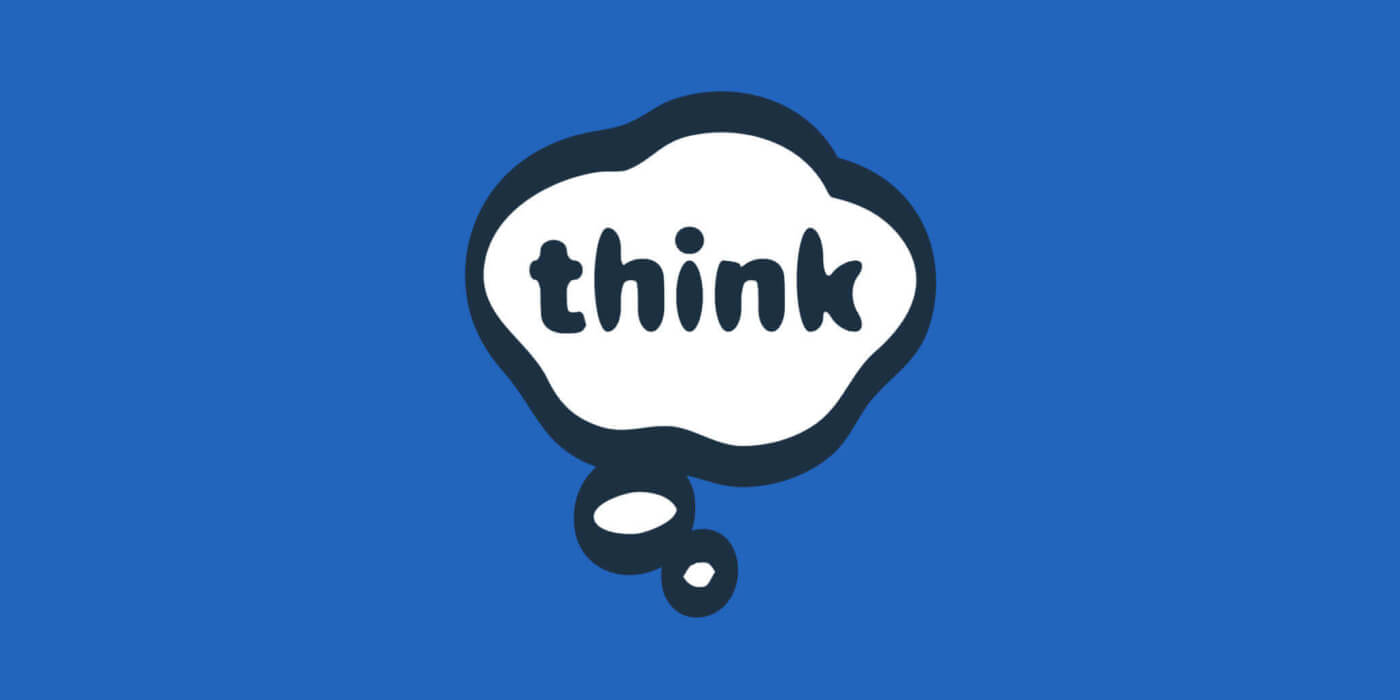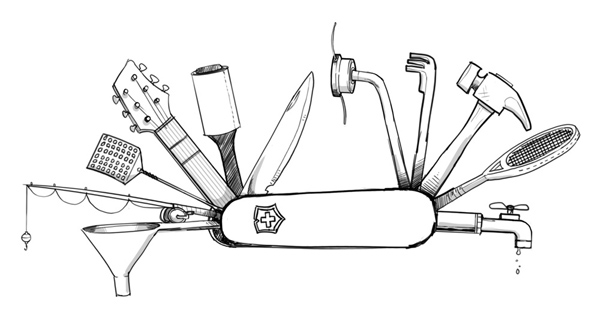Everything To Everyone: Design As A Commodity?

Visit one of your favorite aggregators of design/business articles and do a search for “everything to everybody”, and you’re sure to get an interesting set of material back.
Unsurprisingly, what you read won’t be touting the benefits of such a strategy; it’ll be a lot of cautionary tales and advice around focusing on and exploiting your core strengths. But when you’ve got a shop full of really smart, well-rounded folks with colorful skill sets and employment histories… and when you’re frequently asked by clients (to whom you’ve proven your mettle) to tackle wide-ranging projects for them, and succeed, it’s easy to backslide into thinking you can indeed do it all.
Actually, wait a sec… since there’s a part of me that sincerely believes our team really can do it all (owing a lot to our process)…let me rephrase: it’s easy to backslide into telling others who don’t know you very well that you can indeed do it all.
I can tell you from experience that in this situation, the smart folks on the other end of the table will challenge you—and they are right to do so. I should clarify that I believe that our process and our method of design thinking is useful for solving all kinds of diverse and complex problems—some of which we can tackle ourselves start to finish, and some of which we serve better by being part of a broader cross-functional team. That’s a lot different from trying to be, or thinking we can be, “everything to everyone.”

As consumers, sometimes we are willing to accept the “one stop shop” in our daily lives—an obvious example is the superstore (physical or digital). But when do we accept this? Certainly IRL at least, when we are willing to go with the safe, the generic, and the bare minimum of service and attention to detail for the sake of saving time and a few dollars. Sometimes there’s nothing wrong with that, it just depends on whether or not it aligns with your goals. If my family is staying with me over the holidays, I might indeed head to Giant stock up on paper goods, because those are a commodity (to me, anyway—but you may disagree and insist on exclusive use of toilet paper woven by Korean silkworms). But if I want to have good bagels for the New York contingent in the morning (note: nothing you buy in a package has the right to be even classified as a “bagel”), I need to go to a local shop where they make them fresh every morning, and not just by punching holes in kaiser rolls.
But let’s up the stakes, and talk about our homes, where most of us have higher standards. If I’ve got the plumber over for an estimate and he happens to notice a small piece of drywall missing and says “hey, I can patch that up for you while I’m here if you want”, I might be inclined to say “yeah sure, that sounds great!” Low stakes, I don’t need to be too discerning, and it’s very convenient. But if I’ve got a few rooms stripped back to the studs and he says “hey, I can drywall all of that for you if you want, run the electric, re-point that fireplace, and fix that antique stained glass for you”, the stakes are a lot higher, I need that stuff done right, and it’s going to take a lot of scrutiny to convince me that he’s really an expert at each of these things let alone the right guy for the job.
Back to experience design. We’ve been developing some really fantastic partnerships lately, with folks who understand this reality. Many of the places we have partnerships with have small internal UX groups, and for the small patch jobs, they’re equipped for the task. But when it comes to heavy lifting, high stakes, enterprise-wide UX work, they know it’s time to get us on the horn. Similarly, depending on the delivery platform, there are times it’s better for us and our clients to call in our dedicated partners as well—and we’ll always be honest about it when we’d be in over our heads.
In theory, a bunch of these focused businesses could be pulled together under a single umbrella and effectively become a one-stop shop, but I’ve worked places before where that was attempted (and know of more than a few attempting that model as we speak) and the reality is that I haven’t seen it implemented in a way where the quality was able to be maintained. Operations, logistical overhead, and the inevitability of layers of management overseeing skill sets they don’t remotely understand always seems to result in… well, superstore quality output.
So in the end it just comes back to what you’re trying to achieve… what kind of experience do you want for your customers? What kind of experience do you want to have when working on that project? Knowing whether you’re in the market for toilet paper or authentic bagels will greatly determine where you go shopping.



